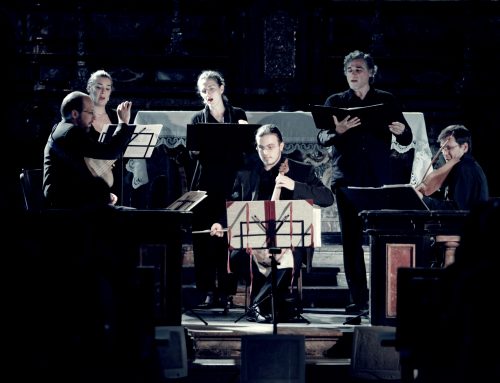Project omschrijving
Uit de Washington Post
At the Library of Congress, cellist Pieter Wispelwey shows unique, determined style
Cellist Pieter Wispelwey gave a blistering rendition of Ligeti’s Sonata for Solo Cello. (Courtesy of Pieter Wispelwey)
By Robert Battey October 28, 2012
The chemical makeup of each virtuoso musician is different. Some dispatch everything with clinical efficiency; others convey such deep musical wisdom that instrumental weaknesses seem irrelevant. And then there are artists who have forged a personal style that defies categorization. Dutch cellist Pieter Wispelwey is of this latter type. Trained largely by baroque specialists, he has carved out a niche as a multilingual artist, equally at home in all period styles but speaking with his original baroque accent. His intriguing recital last Friday at the Library of Congress was all standard repertoire, but nothing sounded the way we’d heard it before.
It is almost impossible to tease out which elements of Wispelwey’s unique style are due to technical shortcomings and which are freely chosen artistic decisions. Baroque doctrine is that vibrato is an “ornament,” to be applied sparingly, only on certain (longer) notes for specific reasons. This absolves players from the hard work of developing a living sostenuto — the ability to shape a phrase through continuous but varied vibrato. But when this aesthetic is applied to romantic and later repertoire, the results are incongruous and (to these ears) unpleasant. Wispelwey’s vibrato was intermittent, arbitrary and, in the upper positions, awkwardly managed. It would almost have been better had he simply gone whole-hog and left it off entirely. And although his bow-arm was expressive, it was clear from the finale of the Shostakovich Sonata and the “Tarantella” from Stravinsky’s “Suite Italienne” that he does not have a workable spiccato stroke.
These issues did not affect his blistering rendition of Ligeti’s Sonata for Solo Cello, a treacherous work that he had completely in hand. His intense, communicative performing style captured the grotesquerie of the second movement of the Shostakovich and the bleak resignation of the third with admirable flair. But in his two Beethoven selections — the Sonata in A and the “Ein Madchen” Variations — the extremes of tempo left his good pianist, Lois Shapiro, struggling in spots, and the succession of one quirky idea after another began to tire the ear. What we never heard, all evening long, was a simple phrase, spun out logically from beginning to end. Everything was puckish, darting, eccentric. Not at all to my taste, but Wispelwey did it his way.





